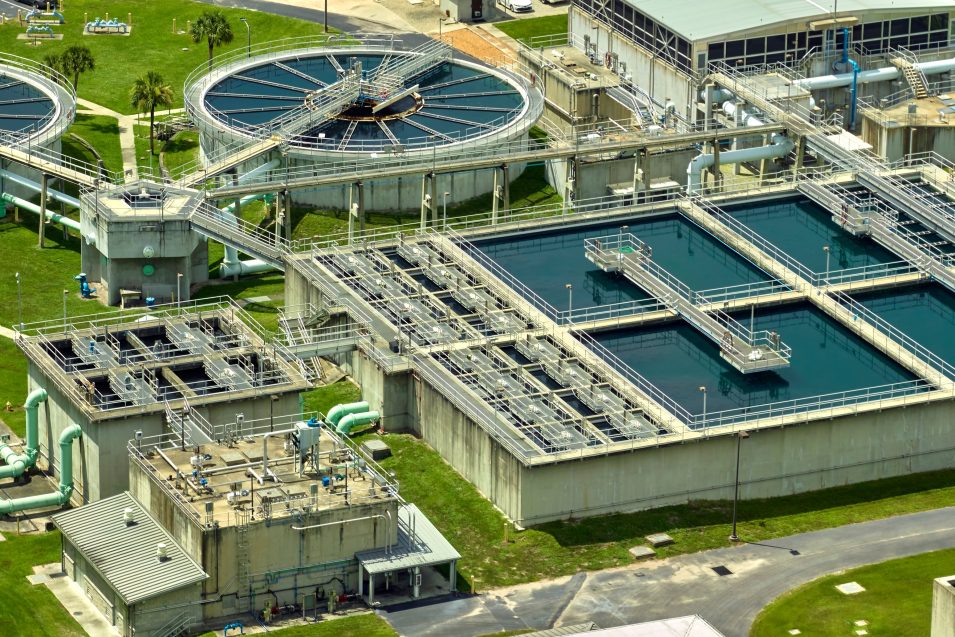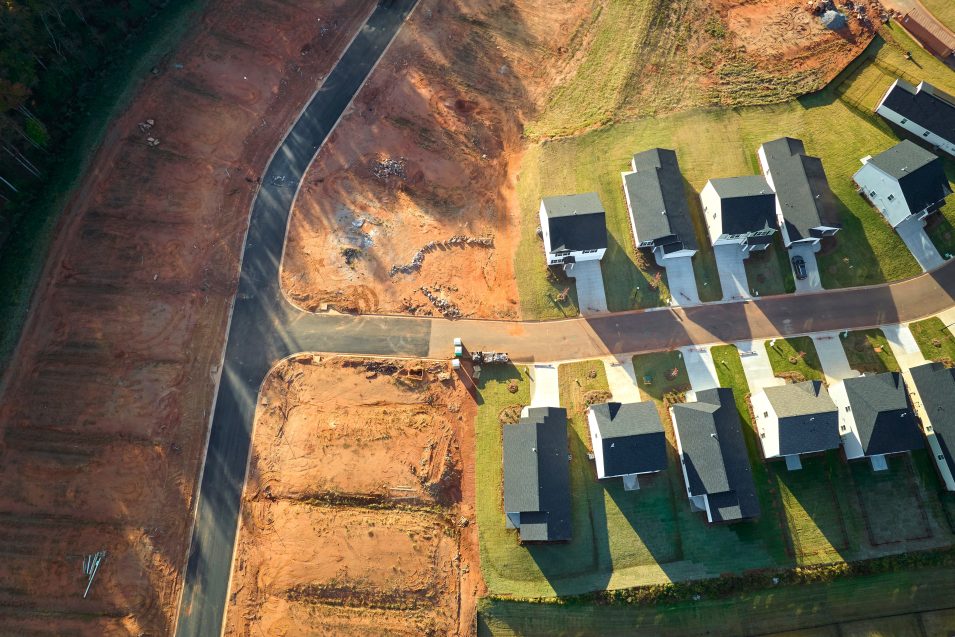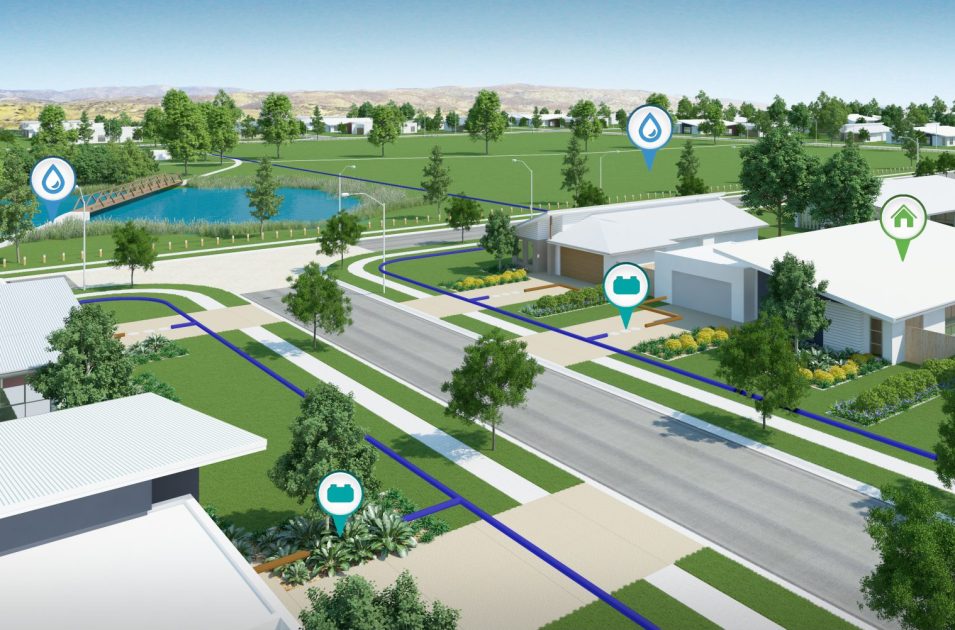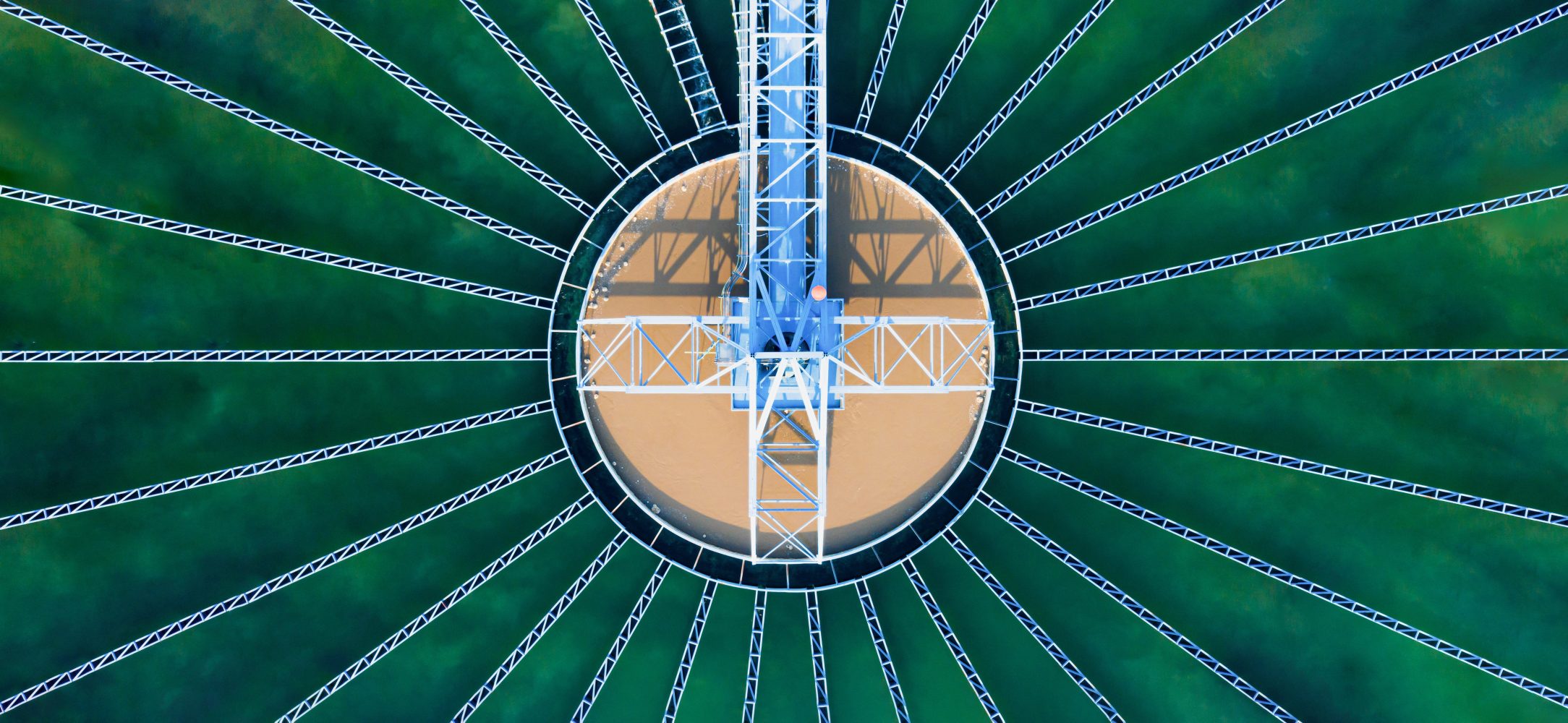Australians have come to expect high-quality wastewater services.
The industry is facing various challenges, such as ageing infrastructure, fluctuating energy prices, environmental risks, and regulatory changes. Overcoming these issues will require a shift in collaboration, planning, and decision-making. Failure to do so will lead to a decline in service quality with higher costs. Now is the time for industry, government, and regulators to advocate proven wastewater technologies.


The Australian Bureau of Statistics recorded a significant surge in people relocating to regional areas in 2020-21, with a total of 70,900 individuals making the move.
This has resulted in a third of the country’s residents, or 8.2 million people, now living outside of the eight metropolitan cities. As a consequence, there is a pressing need for municipal sewage infrastructure to address health and environmental concerns in small communities, rural areas, and remote regions. Unfortunately, constructing and operating small-to-medium-scale sewage treatment systems are often not feasible, leading to non-compliance and environmental pollution.
For over 150 years, the centralised infrastructure model has been utilised to manage raw sewage.
This approach involves capturing wastewater from one or multiple catchments and transporting it over long distances to a central location for treatment before discharge. However, this model is often fraught with economic challenges from both CAPEX and OPEX perspectives. Moreover, it fails to provide any social benefits and can result in adverse environmental outcomes.
True Water collaborates with important stakeholders to provide high-quality treatment plants for small communities, satellite communities, and the urban fringe (0-5000Ep). Our innovative wastewater configurations provide viable long-term infrastructure that demonstrates exceptional lifecycle benefits, minimises operating costs, and secures environmental sustainability.


